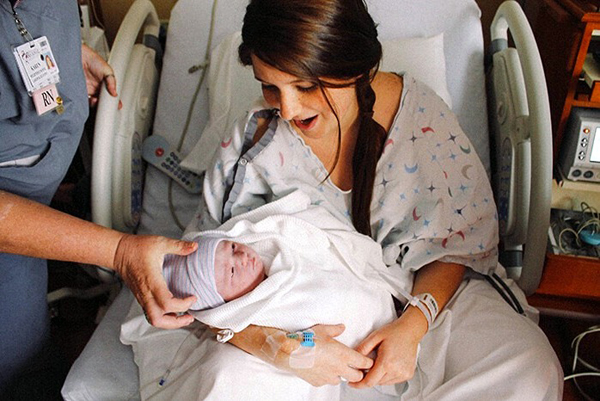- La Feria Native Soon To Retire From The Military This Summer
- Senior Eneece Avila Takes Pride in her State Title
- Dr. Noemi Infante, Harlingen Medical Center Open New Women’s Clinic
- Santa Rosa Cameron County Park Partially Reopens
- Santa Rosa Takes to Regionals Meet in Kingsville, Tx
- Long-Standing Nexstar Tower in La Feria Decommissioned
- Lionettes Powerlifting Meet
- Local Business Holds Event to Benefit RGV Shriners Club
- Knights of Columbus Holds it’s 30th Annual Golf Tournament
- KGBT Tower Dismantled
Study: Texas Foster Care System has High Teen Pregnancy Rate
- Updated: April 27, 2018

A report makes recommendations to Texas lawmakers to support the high number of teens in the state’s foster-care system who become pregnant or are raising a child. (MadelineBazzle/Twenty20)
by Mark Richardson
AUSTIN, Texas – Teen girls in Texas foster care are almost five times more likely to become pregnant than other teens, according to a new study.
The “Fostering Healthy Texas Lives” report says the high pregnancy rate is jeopardizing teens’ health and education and puts them at high risk of having their baby removed by Child Protective Services.
Kate Murphy, senior child welfare policy associate at Texans Care for Children, says their research discovered several factors that put young girls in foster care at a higher risk.
“Youth in foster care move from home to home and school to school and may not be getting consistent information about reproductive health and may not be learning how to develop healthy relationships,” she says. “A lot of them have experienced trauma, which can sometimes lead to risky behaviors.”
The report, from the nonprofit Texans Care for Children, was derived from available state and national data as well as conducting surveys, focus groups and interviews with youth and adults involved in Texas foster care. Murphy says they found that not only does teen pregnancy in foster care often leads to a life of welfare involvement, but the children born to foster-care teens are twice as likely to enter the foster care system themselves.
She says the report finds that foster-care teens often do not get the help and support they need from counselors at the state’s Child Protective Services agency.
“They want guidance,” she adds. “They expect it from their caseworker, from their foster parent, their lawyer or their doctor, their CASA. But when we talked to providers, a lot of them feel ill-equipped; they don’t know how to answer questions about this topic.”
Murphy says while the teen pregnancy rate in foster care is statistically significant, the actual number of girls who need extra support to care for their children is relatively small.
“The state has the resources to support 218 young families, and that investment is going to pay off when it comes to future earning potential, health-care costs for future child welfare involvement – you name it,” she explains.
She says other policy recommendations in the report include programs that provide pregnancy prevention through education on healthy relationships, better access to prenatal health services, and better support and coaching for pregnant and parenting youth.






